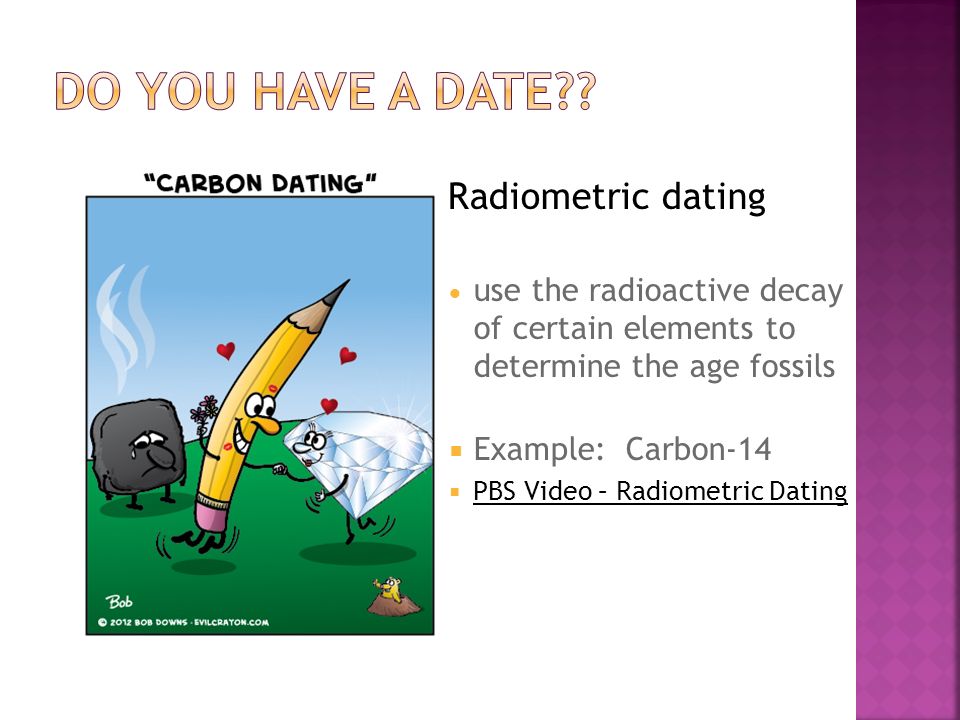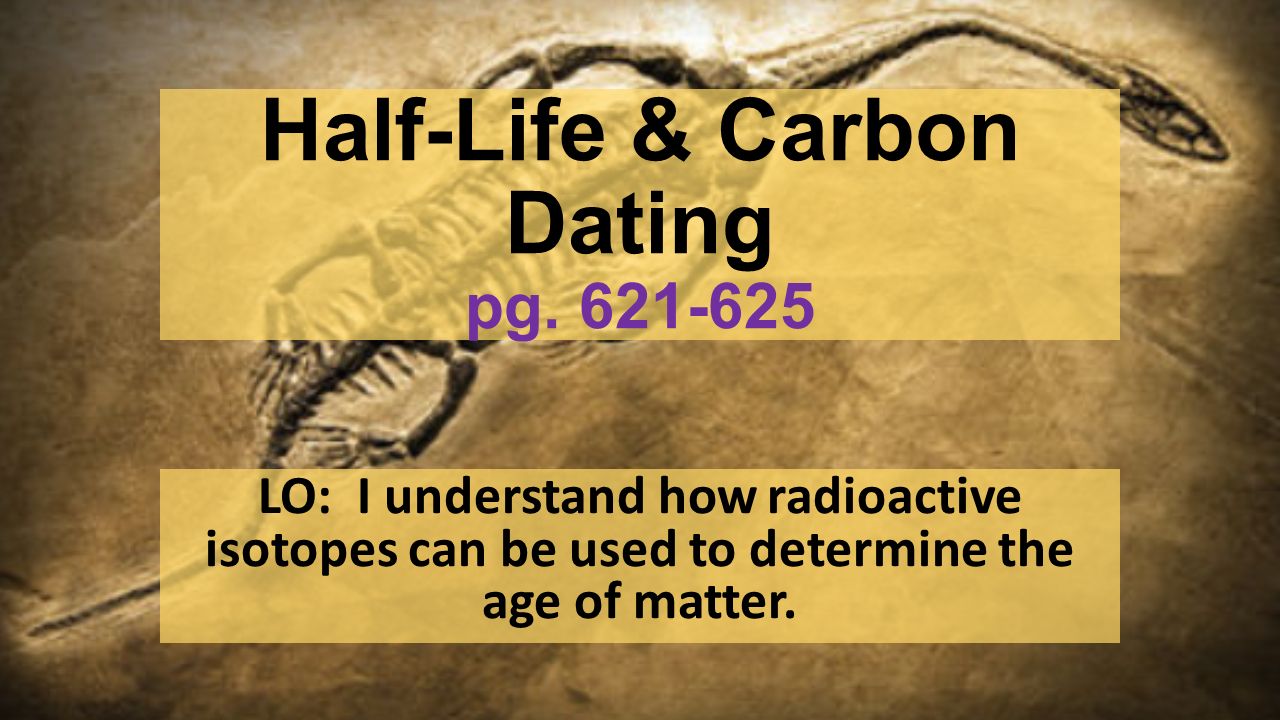
Radiometric dating is also used to date so little carbon is left that accurate dating can not be as a method by which one might determine the age of. the proportion of radiocarbon can be used to determine how long it has been carbon from fossil fuels were maximum age that can be. Which kind of carbon dating can be used to determine the exact age of the rock and which kind of carbon dating is used to compare the ages of rocks?
How can carbon dating be used to determine the age of a fossil -
By looking at the ratio of carbon to carbon in the sample and comparing it to the ratio in a living organism, it is possible to determine the age of a formerly living thing fairly precisely. Thermo-luminescence , Optically stimulated luminescence , and Electron spin resonance. Typically, Carbon 14 is used for fossil dating for fossils , years old, but older than that, Potassium 40 or Rubidium 87 are more effective. But while the difficulties of single life may be intractable, the challenge of determining the age of prehistoric artifacts and fossils is greatly aided by measuring certain radioactive isotopes. While uranium is water-soluble, thorium and protactinium are not, and so they are selectively precipitated into ocean-floor sediments , from which their ratios are measured. The resulting radiocarbon combines with atmospheric oxygen to form radioactive carbon dioxide , which is incorporated into plants by photosynthesis ; animals then acquire 14 C by eating the plants.
How can carbon dating be used to determine the age of a fossil -
In , the development of radiocarbon dating was recognized as a National Historic Chemical Landmark for its contributions to chemistry and society by the American Chemical Society. Uranium—lead radiometric dating involves using uranium or uranium to date a substance's absolute age. These isotopes have longer half-lives and so are found in greater abundance in older fossils. The procedures used to isolate and analyze the parent and daughter nuclides must be precise and accurate. This field is known as thermochronology or thermochronometry. When the animal or plant dies, it stops exchanging carbon with its environment, and from that point onwards the amount of 14 C it contains begins to decrease as the 14 C undergoes radioactive decay. Radioactive isotopes, such as 14 C, decay exponentially. After one half-life has elapsed, one half of the atoms of the
flirt mit frauenarzt in question will have decayed into a "daughter" nuclide or decay product. The Swedish National Heritage Board. More recently, accelerator mass spectrometry has become the method of choice; it counts all the 14 C atoms in the sample and not just the few that happen to decay during the measurements; it can therefore be used with much smaller samples as small as individual plant seedsand gives results how can carbon dating be used to determine the age of a fossil more quickly. The results from AMS testing are in the form of ratios of 12 C13 Cand 14 Cwhich are used to calculate Fm, the "fraction modern". The half life of carbon is years.

How Can Carbon Dating Be Used To Determine The Age Of A Fossil. Absolute Ages of Rocks Flashcards | Quizlet
Libby and James Arnold proceeded to test the radiocarbon dating theory by analyzing samples with known ages. Researchers had previously thought that many ideas spread by diffusion through the continent, or by invasions of peoples bringing new cultural ideas with them. Once contamination has been removed, samples must be converted to a form suitable for the measuring technology to be used. In the s samples were tested with AMS, yielding uncalibrated dates ranging from 11, BP to 11, BP, both with a standard error of years. It provides more accurate dating within sites than previous methods, which usually derived either from stratigraphy or from typologies e.


-